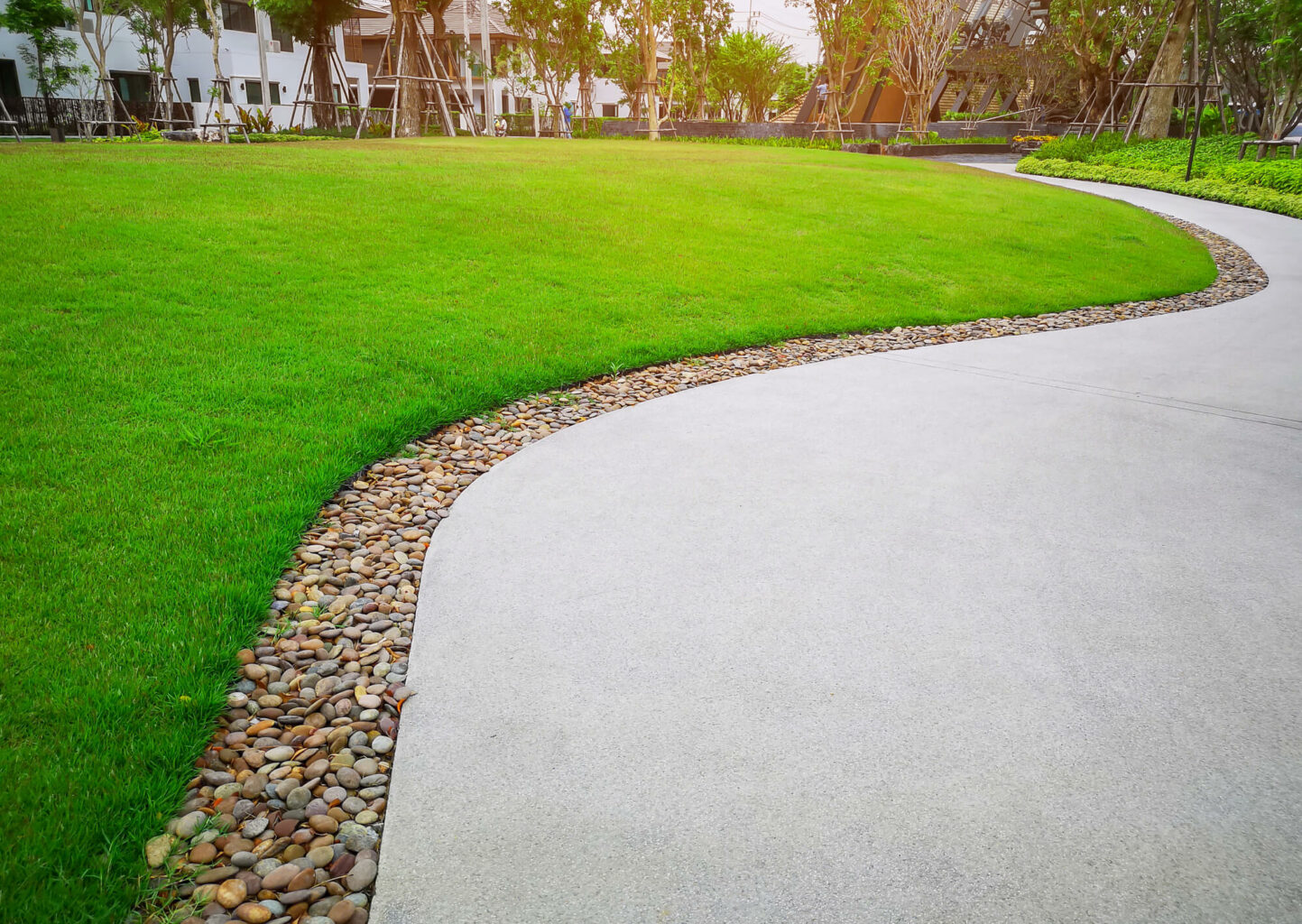Garden Edging Product Benefits: Why Every Garden Needs Edging
Garden Edging Product Benefits: Why Every Garden Needs Edging
Gardening is one of the most rewarding hobbies of all time. As plants grow and thrive, many gardeners feel a sense of accomplishment, especially since this activity requires regular commitment and plants need continued nurturing.
Of course, gardening comes with a long list of challenges, and both novice and seasoned gardeners should expect to face obstacles along the way. While you may be ready to throw in the towel after facing these hardships, just know that you can fix and even prevent many garden-related issues with edging.
That’s right… edging. There are tons of garden edging product benefits that can enhance your overall garden experience, and even give you the green thumb you never knew you could have.
What Is Garden Edging?
Garden edging is the practice of using different landscaping materials to separate and define the unique areas of your garden. Edging makes it easy to separate your vegetable garden from your flower bed from your lawn, defining each aspect of your garden space.
While many people think edging is solely used for aesthetic purposes, it actually comes with a lot of benefits. Sure, your edged garden may look more appealing to the eye, but it can also lead to a healthier, easier-to-maintain garden.
Common Products Used for Garden Edging
Landscape edging is available in a wide variety of materials, ranging from elegant brick and stone to more affordable plastic and wood. The material you choose depends on your budget, your gardening needs, and your personal taste.
Here are the most common products used for garden edging today:
- Brick: Brick is considered the most elegant of garden edging products. While it’s a more expensive material, it’s nice to look at, long-lasting, and ideal for gardeners who prefer a uniform, cohesive aesthetic.
- Stone: Stone is another classically elegant yet pricy garden edging product that’s perfect for its versatility and durability over time.
- Concrete: Concrete edging isn’t as common, but it’s great for keeping garden elements in place and well-maintained.
- Wood: Wood is an affordable edging material that’s easy to access and simple to work with. It gives a garden an organic, natural look that many gardeners strive for.
- Plastic: Plastic components are the cheapest option for gardeners who want to edge off their yard into well-defined sections. Plastic edging products come in all shapes and sizes, but the cheapest ones can look tacky, so don’t be afraid to invest in the best based on your budget.
Why Use Garden Edging Products in Your Garden
Now that we’ve covered the basics of edging and the common materials used, let’s cover the biggest garden edging product benefits. In other words, why should you use garden edging techniques and materials in your garden?
Edging Products Can Improve Garden Aesthetics
First of all, edging is a great way to bring character as well as uniformity to your garden space. It’s all about facilitating boundaries and cohesively defining each individual sector of your garden, and doing so can be very visually appealing.
While garden edging defines each space individually, it also works to seamlessly integrate all aspects of your yard. Depending on the edging material you choose, you can bring an aire of classic elegance or even rustic charm to your garden.
Edging Prevents Soil Erosion & Displacement
Garden edging is not just about aesthetics, not by a long shot. Surrounding your flower beds and vegetable gardens with edging products like brick or stone can protect the foundation of your garden by keeping soil and mulch in place.
That’s because edging materials act as a barrier for soil, and since plants can’t remain healthy when soil is displaced or shifted, this is a major benefit to any gardener.
Edging Can Protect Your Plants
There’s a lot that goes into maintaining a healthy garden, like regular watering, nutrient feeding, weed removal, and assuring proper sun exposure. No matter how much you focus on these tasks, though, your plants won’t be thoroughly protected unless there’s a solid barrier surrounding them.
Edging serves as an additional shield of protection from accidental trampling by you and your pets, bad weather, and strong winds. It even keeps the soil loose and aerated, allowing the roots to reach their maximum potential by easily accessing essential nutrients from the ground.
Edging Keeps Away Pests & Prevents Weed Growth
Pest deterrence and weed removal are both important aspects of keeping a healthy garden. Both pests and weeds can wreak havoc on your plants, but the good news is that you can reduce these risks by edging your garden with materials like brick, stone, and wood.
Common outdoor pests, like squirrels and deer, are much less likely to cross over a physical barrier to get to plants and vegetables. This is especially beneficial to vegetable gardens, which are prone to attracting hungry pests.
Edging Leads to More Efficient Lawn Care
Every gardener knows the importance of regular lawn care and maintenance, and edging products can help with maintenance efforts.
Edging makes it an effortless task to stop grass from invading flower beds, so it’s so much easier to mow and trim your lawn. This can ultimately lead to lower garden maintenance costs, which can save you big bucks over the years.
Conclusion
Most gardeners love being the talk of the neighbourhood when it comes to their yards. Not only will a striking edging design give you that advantage, but it will also keep your plants healthy and happy by keeping pests away, reducing the risk of weeds, and allowing the soil to retain water that’s necessary for a healthy garden.



